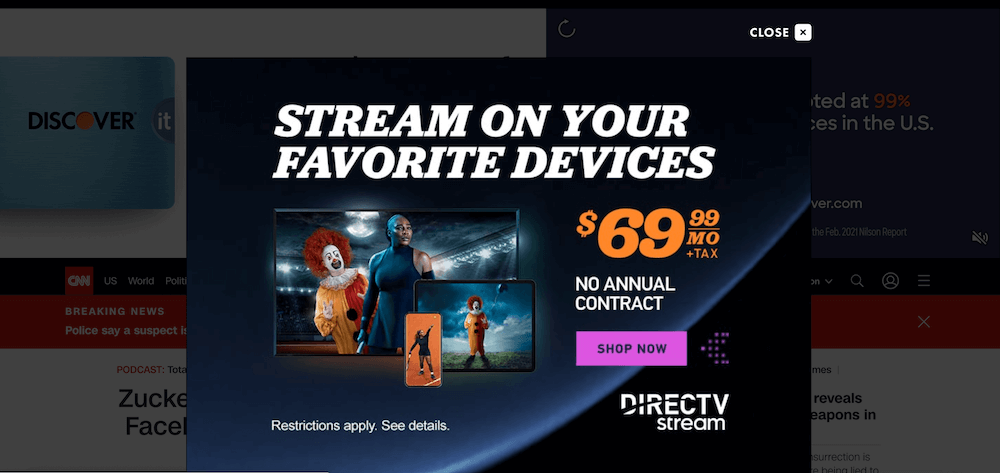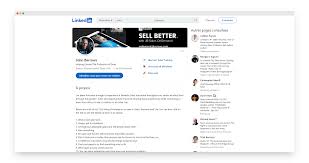
While creating effective content takes time and resources, there are ways to make your content last longer. Repurposing information means adapting it to a new use, refreshing it, and updating it. This strategy will increase the life expectancy of your content and extend its usefulness. It can also maximize your ROI. These are the three best ways to repurpose existing content.
Inbound marketing
If you have a solid content strategy, your inbound marketing campaign will be more successful. Your content must give your audience a closer look at your brand. This type marketing is part inbound and involves placing your content in strategic locations and promoting them intuitively. You can learn more about how to maximize content marketing. You have many options to create a loyal following for you business through content.

Inbound marketing content strategies must have a vision of success. This vision should be broken down into a series campaigns. This will help you refine your content strategy and reach your goals. Inbound content strategies must be created with an eye toward the long-term and can be divided into two main groups: content-driven marketing and content-focused marketing. In both cases of these scenarios, content marketing is effective in generating leads and increasing conversion rates.
Subject-matter content strategy
Your business will be a leader in the industry if you share your employees' expertise on subject-matter content. Your brand is seen as an expert resource by customers who seek out compelling information and thought-leadership. But how do you create content that is authentic and shares knowledge? These are some tips to help you create engaging content for your target audience. Let's examine each one in greater detail.
Find SMEs who are experts on their field. While subject matter experts are great resources for research, they are often busy with other tasks so may not have the time to produce quality content. Many SaaS companies are unsure how to encourage SMEs to participate in content-marketing. Amit Levi (founder of Anodot) proposes an answer: "Bring in your SEO team." Your SEO team can help you identify a keyword opportunity, and then take it to the subject matter experts.
Search engine optimization
SEO is an important part of website marketing. There are many ways to increase your search engine visibility. However, optimizing your content will ensure you are seen by as many people possible. Many forms of content optimization are possible, including inbound links and site architecture. Here are five content strategies to help you website rank higher in search engines. Using one or more of these strategies will help your website receive higher SERPs on Google.

To develop a content strategy to optimize search engine optimization, you must first understand your target audience. Then identify the keywords that will be used by your potential customers to find your company. To help you guide your efforts, create buyer personas. Make sure to use trending content, such as video, in your strategy. Keywords that are relevant to your audience should be included if at all possible. This will enable you to create content which converts faster and is indexed more quickly. Although this is not an essential step, it will improve your website's ranking.
FAQ
Why do I need a Content Marketing Strategy to succeed? Why not send out emails or share social media updates?
There are two main reasons that you might ignore a Content Marketing Strategy.
-
You may believe that email marketing or social media posts will be enough to get people talking and sharing your brand's story.
-
It's possible to assume that sharing this content via social media and email marketing is not practical.
Both of these assumptions is incorrect.
Email marketing and social media posts are great ways to connect with prospects and customers. However, they aren't enough by themselves.
You can't rely on an email campaign to reach your goals. Instead, it needs to be part of a larger strategy. It won't be enough to just post on social media. They should be part and parcel of an overall strategy.
This is where your Content Marketing Strategy comes in. A Content Marketing Strategy is a plan that sets clear goals for each piece. This will allow you to manage the entire content creation process.
As a result, you'll be able to spend more time focusing on other essential aspects of running your business, like growing your audience and increasing conversion rates.
Even though Content Marketing Strategy has many benefits, it doesn’t make it easy.
A strategy can make all the difference.
What's the difference among content creation and marketing?
Content marketing is a way to ensure that every brand has the same message. They continually deliver useful information that people want or need.
Content marketers are skilled at creating the right content for every channel and time.
They know how to plan and execute a marketing strategy that will be effective in promoting their products.
Also, they are strategic about what they do and why they do it.
This is the core skill set needed to be a successful content marketer.
How long should my content marketing be lasting?
All depends on your objectives. Businesses may be looking for immediate results, while others want long-term growth. We recommend starting with three months of consistent content creation and then reevaluating after that period.
What length should my content marketing campaign last?
It varies based on the type of service or product offered.
For example, if you sell shoes, you might spend one month designing a new shoe style. For example, you could launch your new product in August. You may then continue to update it throughout each year.
If you are selling clothing, one look might be for spring and one for fall. Your goal is continually offer something fresh so your audience never gets bored.
Your goals determine the length of your content marketing campaign. For small-scale companies, one channel may be sufficient. For larger companies, you may need to consider multiple channels to reach a broad target audience.
Where should I start when it comes to Content Marketing?
Start by identifying who your audience is. What are their needs? What are their needs? What are their needs? Once you know who you're writing for, you can determine where to focus your efforts.
Statistics
- Seventy-two percent business to business (B2B) (mailchimp.com)
- In fact, would pay more for a better customer experience, and 86% of B2B buyers would pay more. (neilpatel.com)
- Measure your goals with a progress indicator of 0-100%. Make your goals collaborative and transparent (semrush.com)
- Forty-seven percent of buyers view 3 to 5 pieces of content before engaging with a sales representative. (mailchimp.com)
- This marketing strategy landed Ford a 15.4% conversion rate. (neilpatel.com)
- Progress indicators (0–100%) allow each team member to see how attainable each goal is and understand what remains to be accomplished. (semrush.com)
- Companies that use content marketing see approximately 30% higher growth rates than businesses not using it. (mailchimp.com)
- To further show the importance of this, 89% of people have stopped doing business with a company because of a poor experience. (neilpatel.com)
External Links
How To
How can I create a content market strategy?
First, determine what type of content your clients want. Once you have a clear understanding of your clients' needs, you can start creating content. This may mean developing an editorial calendar and planning where these pieces will come from. Content should always have an end in mind. It doesn't matter what type of content it is, blog posts, social updates, or any other, they all must serve a single purpose.
After you have decided what type of content you want, it is important to identify your target market. Which market are they most interested in and what is their motivation for buying the content you offer?
Next comes the task of identifying your target audience and finding ways to communicate. However, social media platforms can be an effective way to communicate with people. There are also other options like videos, podcasts or webinars.
Next, you need to decide how you will communicate your message with your market. Then you need to determine what topics you'd like to cover. This goes back to the purpose of writing the content. What problem does this solve? How helpful is it? Will it make their life easier?
You now know what content you like to write. Now it's time for you to decide what you want. What do you want? On current events? On specific products and services? This question will determine your focus.
Now it's time for you to merge everything together after you have answered the questions.
It is important to make sure that each piece of content you create serves its intended purpose. You don't want anyone to waste their time and energy so make sure you build quality into all aspects of your content.
Don't forget that a great content marketing strategy has many moving parts.